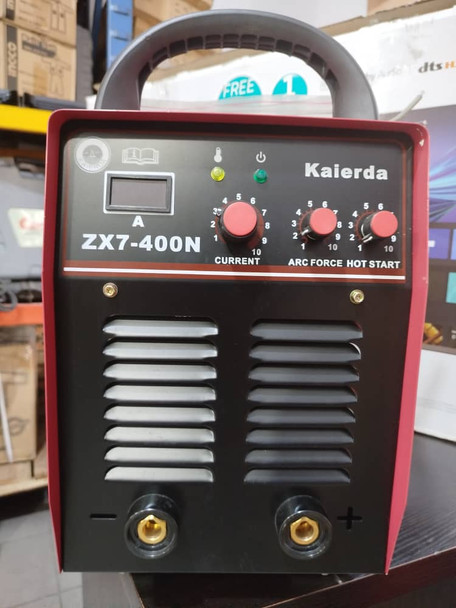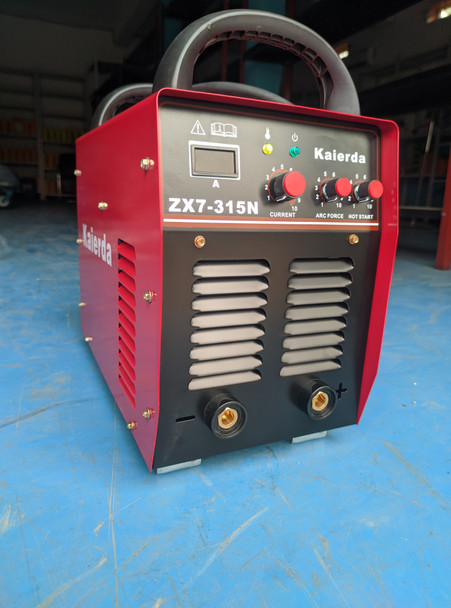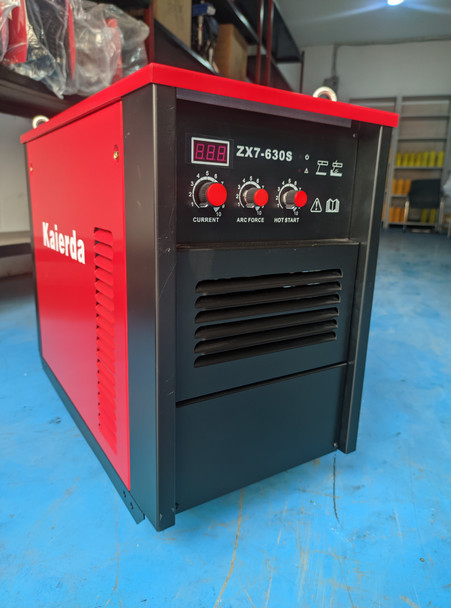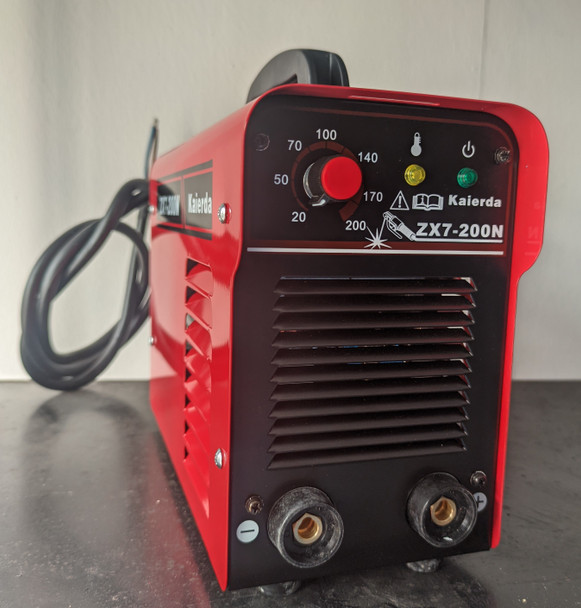Common Industrial Welding Techniques: A Comprehensive Guide
Key Takeaways
- Understanding the range of welding techniques, such as MIG, TIG, and resistance welding, allows for the selection of the most suitable method based on specific project requirements and material types.
- Each welding technique comes with its own set of benefits and limitations, from the MIG welding known for its speed and efficiency, making it ideal for high-volume production and thicker materials.
- Selecting the appropriate welding method is crucial for ensuring the quality, durability, and efficiency of the final product, emphasizing the need for expertise and careful consideration in industrial welding projects.
Introduction
Welding is a fundamental process in the industrial sector, playing a critical role in the construction and manufacturing of a wide range of products, from heavy machinery and infrastructure to consumer goods and electronics. Its importance lies in its ability to create strong, durable joints between metals, enabling the creation of complex structures and components that are essential for various industrial applications.
There are several welding techniques used in the industry, each with its own set of applications, advantages, and disadvantages. Understanding these techniques is crucial for selecting the right method for a specific project, ensuring optimal results in terms of strength, durability, and efficiency.
 Kaierda Inverter DC MMA Welding Machine ZX7-400N
Kaierda Inverter DC MMA Welding Machine ZX7-400N
Common Industrial Welding Techniques
1. Shielded Metal Arc Welding (SMAW)
Shielded Metal Arc Welding, commonly known as SMAW or stick welding, involves using a consumable electrode coated with flux to lay the weld. An electric current passes through the electrode, creating an arc between the electrode and the metal workpiece, which melts the electrode and the workpiece, forming a weld pool.
B. Applications SMAW is widely used in construction, maintenance, and repair work, especially in situations where portability and versatility are required. It is commonly used for welding iron and steel in industrial fabrication and construction projects.
C. Advantages
- Versatility in various positions and environments
- Cost-effective equipment and consumables
- Suitable for thick materials
Disadvantages:
- Slower welding process compared to other techniques
- Requires frequent electrode replacement
- Produces significant slag that needs to be removed
2. Gas Metal Arc Welding (GMAW/MIG)
Gas Metal Arc Welding, also known as GMAW or MIG (Metal Inert Gas) welding, uses a continuous solid wire electrode fed through a welding gun and an inert or semi-inert gas shield to protect the weld pool from contamination. The electric arc forms between the wire electrode and the workpiece, melting both to create the weld.
GMAW/MIG welding is widely used in automotive manufacturing, construction, and industrial fabrication due to its speed and ease of use. It is suitable for welding a variety of metals, including aluminum, stainless steel, and carbon steel.
Advantages
- High welding speed and efficiency
- Minimal post-weld cleanup due to less slag production
- Easy to learn and use, suitable for automated welding
Disadvantages:
- Requires a shielding gas supply, making it less portable
- Sensitive to wind and drafts, which can affect weld quality
- Higher initial equipment cost
 Kaierda Inverter DC MMA Welding Machine ZX7-315N
Kaierda Inverter DC MMA Welding Machine ZX7-315N
3. Gas Tungsten Arc Welding (GTAW/TIG)
Gas Tungsten Arc Welding, known as GTAW or TIG (Tungsten Inert Gas) welding, uses a non-consumable tungsten electrode to produce the weld. An inert gas shield, typically argon, protects the weld area from contamination. The process can be performed with or without filler material.
GTAW/TIG welding is commonly used in aerospace, automotive, and art sculpture industries, where precision and weld quality are paramount. It is ideal for welding thin sections of stainless steel, aluminum, magnesium, and copper alloys.
C. Advantages
- Produces high-quality, precise welds
- Allows for greater control over the welding process
- Minimal post-weld cleanup required
Disadvantages:
- Slower welding process compared to other techniques
- Requires a high level of skill and expertise
- Higher equipment and operational costs
4. Flux-Cored Arc Welding (FCAW)
Flux-Cored Arc Welding, or FCAW, uses a tubular wire filled with flux as the electrode. The flux generates a gas shield to protect the weld pool, eliminating the need for an external shielding gas. FCAW can be performed in both self-shielded and gas-shielded versions.
Applications FCAW is commonly used in construction, shipbuilding, and heavy equipment manufacturing. It is particularly suitable for welding thick materials and in outdoor or windy conditions where shielding gas would be less effective.
Advantages
- High welding speed and deposition rates
- Suitable for thick and out-of-position welding
- Effective in outdoor and windy conditions
Disadvantages:
- Produces more slag that requires cleanup
- Higher equipment and consumable costs
- Requires more skill than MIG welding
 Kaierda Inverter Manual Arc Welding Machine (ZX7-630S)
Kaierda Inverter Manual Arc Welding Machine (ZX7-630S)
5. Submerged Arc Welding (SAW)
Submerged Arc Welding (SAW) involves forming an arc between a continuously fed consumable electrode and the workpiece. The arc zone is submerged under a blanket of granular flux, which protects the weld pool from atmospheric contamination.
SAW is widely used in shipbuilding, pressure vessel fabrication, and large-scale industrial manufacturing. It is ideal for long, straight welds on thick materials.
Advantages
- High deposition rates and welding speed
- Deep penetration and high-quality welds
- Minimal exposure to arc radiation and fumes
Disadvantages:
- Limited to flat or horizontal welding positions
- Requires significant setup and handling of flux
- Not suitable for thin materials or small welds
6. Resistance Welding
Resistance welding involves generating heat by passing an electric current through the resistance caused by the contact between two or more metal surfaces. This technique includes various methods such as spot welding, seam welding, and projection welding.
Resistance welding is commonly used in the automotive industry for assembling car bodies, in manufacturing for producing metal containers, and in the electronics industry for creating connections in components.
C. Advantages
- High-speed welding process
- Efficient for joining thin sheets of metal
- Minimal distortion of the workpieces
Disadvantages:
- Limited to materials with similar electrical conductivity
- Requires expensive equipment
- Not suitable for thick materials
 Kaierda Tig Welding machine WS200N
Kaierda Tig Welding machine WS200N
7. Laser Beam Welding (LBW)
Laser Beam Welding (LBW) uses a high-intensity laser beam to melt and fuse materials. This precise and concentrated energy source allows for deep penetration welds with minimal heat-affected zones.
LBW is used in the aerospace, automotive, and electronics industries for high-precision welding of small components, thin materials, and complex assemblies.
C. Advantages
- High precision and control
- Minimal heat-affected zone
- Suitable for automated and robotic welding
Disadvantages:
- High equipment costs
- Requires precise joint preparation and alignment
- Limited to specific materials and thicknesses
8. Ultrasonic Welding
A. Definition and Process Ultrasonic welding uses high-frequency ultrasonic acoustic vibrations to create a solid-state weld between materials. The process generates heat through friction and pressure, which bonds the materials without melting them.
B. Applications Ultrasonic welding is widely used in the electronics, medical device, and packaging industries for joining thermoplastics and dissimilar materials.
C. Advantages and Disadvantages Advantages:
- Fast and efficient welding process
- No need for additional materials or fillers
- Suitable for delicate and sensitive components
Disadvantages:
- Limited to small, thin materials
- Requires precise control and alignment
- High initial equipment cost.
 Kaierda Inverter/Arc Welding machine ZX7-200N/220V/DC
Kaierda Inverter/Arc Welding machine ZX7-200N/220V/DC
Frequently Asked Questions
1. What is the most versatile welding technique?
Gas Metal Arc Welding (GMAW/MIG) is considered one of the most versatile welding techniques due to its ability to weld various metals and its applicability in different industrial sectors.
2. Which welding method is best for thick materials?
Flux-Cored Arc Welding (FCAW) is highly effective for welding thick materials, especially in outdoor conditions where wind might affect other methods.
3. Is laser welding suitable for large-scale industrial applications?
While Laser Beam Welding (LBW) offers high precision, it is generally more suited for small components and high-precision applications due to its high cost and specific requirements.
4. What is the primary advantage of ultrasonic welding?
Ultrasonic welding is advantageous for its speed and efficiency, especially in joining thermoplastics and delicate materials without the need for additional filler materials.
5. Can Shielded Metal Arc Welding (SMAW) be used in all positions?
Yes, SMAW is versatile and can be used in various positions and environments, making it a popular choice for construction and repair work.
Conclusion
Understanding the different welding techniques and their specific applications, advantages, and disadvantages is crucial for selecting the right method for your project. Whether you require high precision, speed, or the ability to weld thick materials, there is a welding technique suited to your needs.
For more information and to explore our comprehensive range of welding and fabrication services, visit GZ Industrial Supplies.
Recent Posts
-
The Ultimate Guide to Understanding the Difference Between Ethylene Glycol and Propylene Glycol
Introduction Glycols are versatile compounds widely used across various industries, from automotive …Apr 16, 2025 -
What are Agricultural Machinery
Introduction Agricultural Machinery is also used to improve the wide range of production prac …Apr 14, 2025 -
The Best Electrical Wire in Nigeria 2025 (Updated)
Introduction Electrical wires are the basic unit of every electrical system. Electrical wires …Apr 14, 2025









